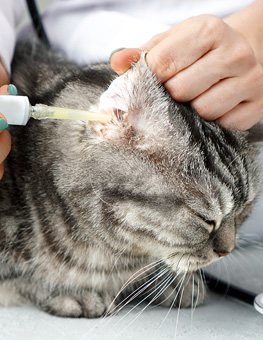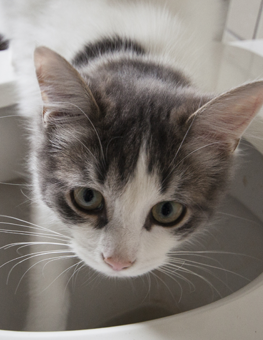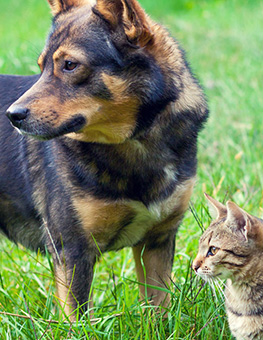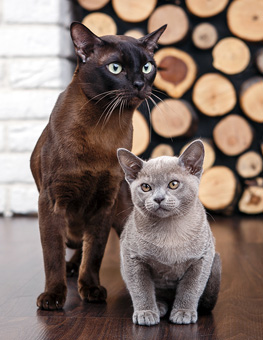January is National Train Your Dog Month
Today we’re taking some time to recognize National Train Your Dog Month! In honor of our special canine friends, we’d like to help bring increased awareness to the importance of socializing and training your dog.
- Set Up Your Dog to Succeed
Setting a feeding schedule in combination with a potty schedule will help your dog adapt to a routine…and make it easy on your busy life. Dogs should go potty after eating, drinking, playing, training, and napping. Be sure to also take them out before you go to bed or leave him alone for any amount of time. Remember consistency is key – avoid having different schedules for the weekdays and weekends.
Once you have the routine down, you can assign your dog a certain potty area. Take your dog out on a leash to a specific spot and wait for him to go potty. Stay in that spot for at least 15 minutes to give him enough time. Avoid taking him inside right away after he goes because you don’t want him to associate going potty with the end of outside time. It’s important to not allow your dog to play or give him any attention until after he goes potty. He needs to understand the difference between potty time and play time. If your dog hasn’t gone potty after 15 minutes, bring him inside and watch him closely for signs that he has to go like sniffing or circling. If he does start to go potty inside, quickly take him outside to the designated spot.
If you’re training your dog to go inside on a training pad, you should define the living and potty areas for your dog. Your dog's “living area” is a place where he is free to roam when he is unsupervised like a certain room, pen, or crate. His “potty area” is designated by the training pad. Instinctually, dogs don’t want to go potty in their living area so, as he is gradually trained, the whole house may eventually become his “living area.” Until he is though, confine him to a room, pen, or crate. If your dog starts to go potty outside his potty area, make a noise to startle him, interrupt him before he finishes, and take him to the pad. Wait there until he goes potty.
- Reward Good Behavior
Yay…he did it! Always reward your dog immediately after he goes potty in the right spot – even if you had to take him to his potty spot. Wait until he is done going potty to reward him. Praising while he is going potty may make him stop. Once your dog has developed a successful routine, some owners find it helpful to assign a phrase so your dog knows it’s potty time. Watch for cues that your dog is about to go potty and say something like “go potty” or “potty” before he starts to go. Try to avoid saying the phrase too soon, overly excited, or when he doesn’t have to go.
- What to Do When He Misses the Mark
First off, avoid reprimanding your dog for an accident. It may be hard since it’s instinctual but your dog may not know he’s doing something wrong or think that he is not supposed to go potty in front of you.
If you catch your dog mid-accident, make a noise to startle and interrupt him before he finishes and immediately take him to his potty spot. Clean up the mess right away with a stain and odor-removing cleanser to prevent repeat accidents in that spot. If accidents persist for more than a week with no reasonable explanation, you should take your dog to the vet to rule out any medical problems.
- Show Your Dog Who’s Boss. Establish Yourself as the Pack Leader
You love your dog but you have to show him who is boss. It may be hard to reprimand your dog but the foundation of every dog training program starts with leadership. Since dogs are pack animals, they need a leader. Dogs that don’t have a human leader will become dominant and assume the role of the leader by manipulating inexperienced or submissive owners. In either case, this can lead to unruly, possibly aggressive behavior toward the human as the dog tries to establish and maintain control of his pack. This behavior may include insubordination, growling, or food aggression. Follow this easy exercise to teach your dog who’s in control.
- The Dinner Time Rule
In a pack, the leader always eats first – that means you. Your dog should see you eating first so he makes the connection that you are the leader. When feeding time comes, don’t just put food down for the dog. Call him to attention and make him calmly sit and stay as you present his food and until you give him the ok to eat. Slowly lower the bowl towards the floor. If he makes a move toward the food, pull back and return the food to the counter. Tell him to sit and slowly lower the bowl again. Repeat the process until he waits for the ok from you to eat. Eventually, he will get the message that you are the leader because you control the food. Simple!



















